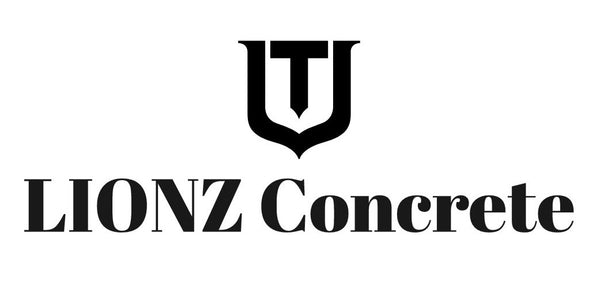The Solid Choice: Why Concrete is the Right Material for Outdoor Furniture
Share
Introduction:
When it comes to selecting outdoor furniture, durability, aesthetics, and functionality are paramount considerations. While there's a plethora of materials available, one stands out for its unmatched combination of strength, versatility, and style: concrete. Often associated with sidewalks and buildings, concrete has emerged as a surprising favorite for outdoor furniture design. In this blog post, we'll explore the myriad reasons why concrete is the ideal material for crafting furniture that can withstand the elements while elevating your outdoor space.

1. Durability
Concrete is renowned for its durability and longevity. Unlike wood, which can warp, rot, or become infested with pests, and metal, which can rust, concrete furniture is virtually impervious to the elements. It can withstand rain, wind, sun exposure, and temperature fluctuations without losing its structural integrity. This resilience ensures that your outdoor furniture investment will endure for years to come, requiring minimal maintenance along the way.
2. Stability
Stability is crucial for outdoor furniture, especially in windy or uneven terrain. Concrete's substantial weight provides unparalleled stability, preventing tipping or displacement even in challenging weather conditions. Unlike lightweight materials like plastic or aluminum, concrete furniture remains firmly anchored, offering peace of mind and ensuring safety for users.
3. Versatility in Design
Contrary to popular perception, concrete is an incredibly versatile material for design. It can be molded and shaped into virtually any form, allowing for endless creativity in furniture design. Whether you prefer sleek and modern minimalist aesthetics or rustic and organic shapes, concrete can be customized to suit your style preferences. Additionally, concrete can be pigmented or textured to mimic other materials like stone or wood, offering aesthetic versatility without compromising durability.
4. Low Maintenance
Outdoor furniture should enhance your leisure time, not consume it with maintenance tasks. Concrete furniture requires minimal upkeep to maintain its appearance and functionality. Regular cleaning with mild soap and water is typically all that's needed to keep concrete surfaces looking pristine. Unlike wood furniture that requires periodic staining or sealing, concrete furniture retains its luster with minimal effort, making it an ideal choice for busy homeowners.
5. Environmental Sustainability
Concrete is an environmentally friendly choice for outdoor furniture. It is composed of natural materials, primarily cement, aggregate, and water, with minimal environmental impact during production. Additionally, concrete furniture has a long lifespan, reducing the need for frequent replacements and minimizing waste. Furthermore, concrete's thermal mass properties can help regulate temperatures, reducing the need for additional heating or cooling in outdoor spaces.
6. Affordability
While high-quality concrete furniture may require a higher initial investment compared to some other materials, its longevity and low maintenance requirements make it a cost-effective choice in the long run. With proper care, concrete furniture can last for decades, offering excellent value for your outdoor living space investment.
Conclusion
In conclusion, concrete stands out as the optimal choice for outdoor furniture due to its unparalleled durability, stability, versatility in design, low maintenance requirements, environmental sustainability, and affordability. Whether you're furnishing a cozy patio, a sprawling garden, or a poolside oasis, concrete furniture offers timeless style and enduring functionality that will enhance your outdoor living experience for years to come. Embrace the solidity and sophistication of concrete, and elevate your outdoor space with furniture that's built to last.

